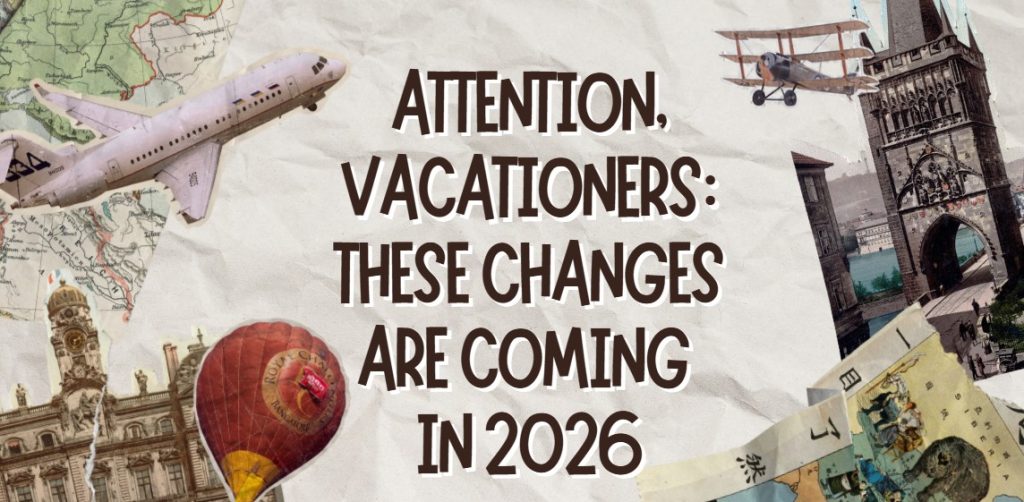Why is it so difficult for many parents to let their children walk to school alone? Has it become more dangerous to drive?
From the point of view of traffic psychology, the answer to this question is “yes.” Driving assistants and the increasingly “hectic” driving attitude have changed road traffic. Speeding, running “cherry green,” or ignoring pedestrians in crosswalks are more common. In addition, drivers are distracted by cell phones and less likely to keep their eyes on the road, relying instead on their assistants. This makes it difficult for parents to send their youngest children to school alone. Especially in urban areas, where the pressure and hecticness of morning traffic are more noticeable than in rural areas, increased prevention campaigns and crossing guards would be essential to improve safety and help parents prepare for the walk to school.
How important is it to agree on rules?
The mobile phone is a significant problem in road traffic that affects us all. It would be essential to educate children to make eye contact with the driver before crossing the road and to limit the use of games, chatting, etc., to emergency contact during school hours and on the way to school.
In general, driving schools, prevention programs and driver safety training should focus more on the increasingly intense and frequent use of cell phones while driving and its devastating impact on our safety as drivers, pedestrians and cyclists.
Parents are not always good role models, especially when they are in a hurry. How harmful is this?
Do not try to be perfect; instead, strive to be as good as you can. Parents need to be good role models for their children. If parents focus on their role model effect, they will also focus more on their safety, which would be a positive domino effect.
Another danger is the “parent cabs” that take the children to school, parks, and back. How can you prevent this? What do you have to teach your children to deal with this situation?
In front of many schools, there is a so-called “kiss-and-goodbye zone.” This should be a reasonable distance from the school. This allows the child to walk the rest of the way alone or with classmates. Parents should also take the time to stop correctly and practise saying goodbye as much as possible. Walk to the sidewalk and park correctly. It’s also essential to allow enough time so the situation doesn’t become stressful and lead to mistakes.
How important is it for children to learn how to behave correctly and carefully in traffic at an early age? How much can you trust them?
The earlier they start, the better. However, parents should make sure that it remains appropriate for children. Excessive demands quickly result from receiving too much too soon. When I tell a two- or three-year-old child to look before crossing the street, I’m not telling him to walk alone. On the way to school, you can start practising some of the traffic situations that will be crucial later, and by the end of preschool, you can try them out independently. You can demonstrate, explain, and set an example for your child in the interim, but do not count on them to be able to assess traffic conditions, speeds, or dangers on their own.
- source: motor.at/picture:
This post has already been read 2109 times!



